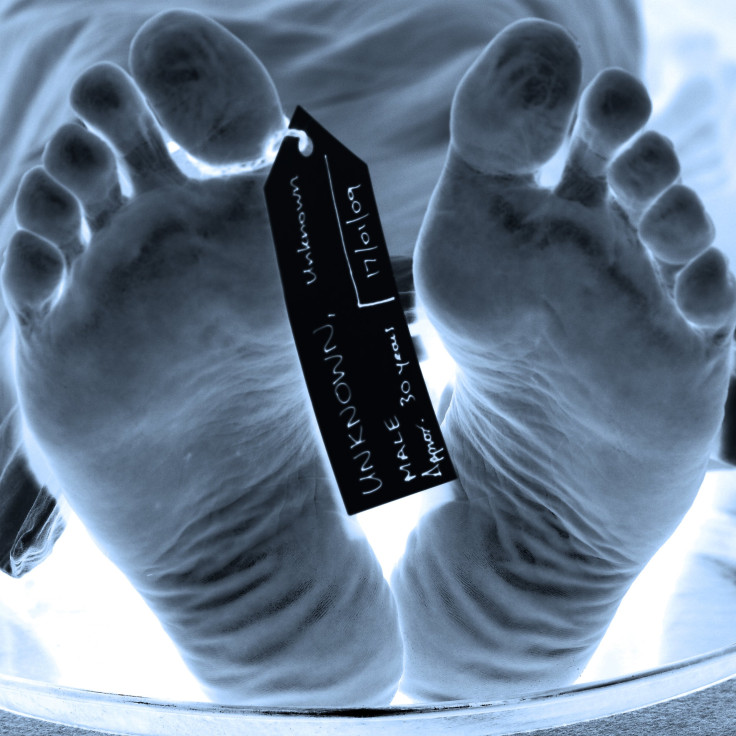'Verbal Autopsy' App Allows You To Be A Coroner: Faster Way To Record Causes Of Death In Developing World

A new system of recording causes of death, complete with mobile app, might help developing nations bridge the gap in understanding why and how their citizens die.
This Wednesday in BMC Medicine, a large international collaboration of researchers reported their results on testing out a handheld tablet capable of recording responses from those near the deceased at the time of death and quickly determining what likely killed them. The app, though using a much more shortened form of the standard verbal autopsy (VA) questionnaire, proved to suffer little loss in accuracy compared to the full version, indicating its greater practicality among areas that are already strapped for resources and time.
“Up-to-date, reliable information on what people are dying from and at what age, is really important for policies to prevent premature death,” explained lead author Professor Alan Lopez, a Laureate Professor at the University of Melbourne, Australia, in a statement. “Our app provides a way to do this, quickly, simply, cheaply and effectively, in real time, with the power of technology.”
Verbal autopsy questionnaires are a relatively reliable method of determining how someone died, particularly in regions where there are few accredited medical practitioners available to perform full autopsies. But up until now, they’ve only been conducted on paper, require the approval of doctors before they can be manually entered into a country’s mortality surveillance system (which takes years), and require anywhere from 50 to 70 minutes to complete.
For adults, the VA contains 186 questions alone. The shortened versions found in the app, however, contain half as many questions (109 for adults). In field tests conducted in China, Sri Lanka and Papua New Guinea, the researchers found that accuracy only dropped off by a combined 1 percent compared to previously validated trials of VA.
“Relying on doctors to collect information about causes of death in rural populations is not helpful,” Lopez said. “Our method involves data collection by health workers, registrars and village officials, who use the app to administer the surveys. The data is fed into a computer, which makes a diagnosis. It requires very minimal training. This way doctors are free to do what they do best, which is providing essential medical care to their communities.”
Either version of the VA isn’t foolproof, however. In estimating the fraction of deaths due to a specific cause (the cause specific mortality fraction, or CSMF), the standard VA questionnaire had an accuracy rate of 76 percent. Granted, this accuracy rate isn’t too far away from more extensive examinations conducted by medical professionals in less prosperous countries, with the researchers citing an 82 percent accuracy rate among Mexican teaching hospital. What the app lacks in perfect accuracy, though, it promises to make up for in versatility and accessibility.
“Governments now have a way to gather data to inform their health policies, that costs nothing and can be provided in real time,” Lopez said. “Even if you’re sitting out in the remote bush in Africa and you can do this. Anywhere you’ve got power, it’s possible.”
Source: Lopez A, Serina P, Riley, et al. A shortened verbal autopsy instrument for use in routine mortality surveillance systems. BMC Medicine. 2015.



























